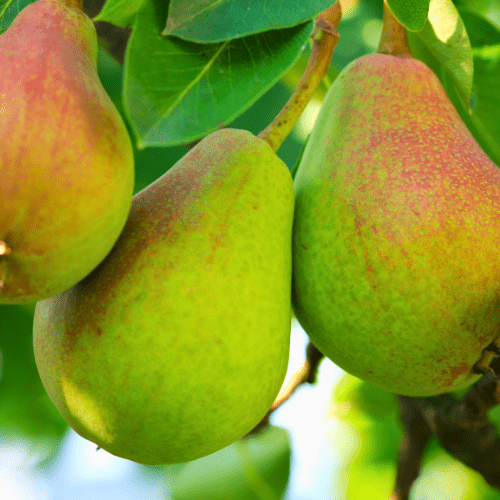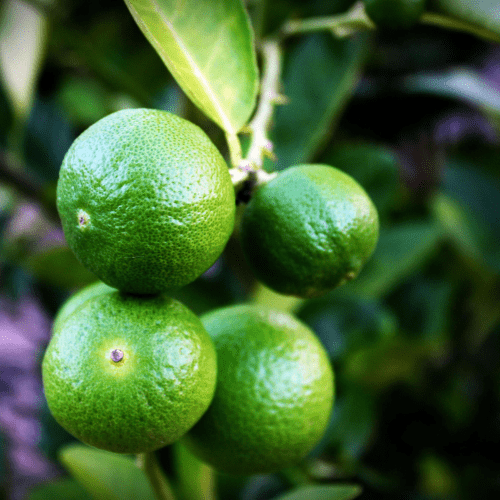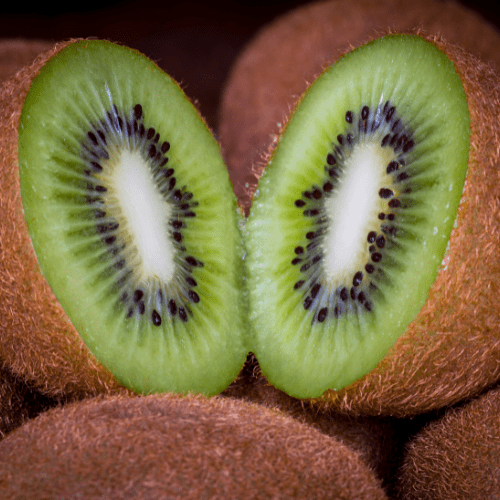Position
This pear tree grows well in a partially sunny spot. Plant the Bon Chretien pear tree close to a different variety (Clapps is a good pollinator) with the same blooming period for the best pollination opportunities. It is a hardy tree that does well in most settings.
Size
The Bon Chretien pear tree grows to an average height of 4 to 6 metres, but can reach a height of about 9 metres with an 8-metre spread. So, give them plenty of space to grow and flourish (around 5 metres around each tree).
Soil Type
A light, sandy soil that drains well is perfect for this tree. This type of soil is loose enough to stay moist while not becoming flooded and allowing the roots to grow through it with ease. A neutral pH (around 7) works best.
Mulch
Use from 2 to 5 centimetres of pine bark mulch to protect the roots from UV damage and drying out. It retains moisture, and maintains an optimal pH. Do not let the mulch touch the plant stem, as it may cause infection or rot.
Watering
Water every second day after transplanting for about a week; thereafter, reduce to twice a week in dry or hot weather for the next 2-3 months.
Water every couple of weeks if there is no rain. Too much water can cause root rot but do not allow the roots to dry out completely.
Fertilising
Apply our slow-release all-plant fertiliser. Apply 1 teaspoon every 4-5 months. The roots will absorb what they need.
Alternatively, apply a balanced fertiliser (such as 10-10-10) in early spring before new growth begins. Thereafter fertilise annually in early spring
Pruning
Prune pear trees during late winter to early spring to minimize stress and reduce disease risk. Light summer pruning controls tree size and shape, removes water sprouts, and improves air circulation. Avoid heavy pruning in summer to prevent stress and reduce fruiting.
Remove dead, diseased, and damaged wood. Create an open-center structure to reduce fungal disease risk and promote better fruit development. Remove crossing or rubbing branches to prevent damage and allow for proper growth.
Focus on developing a strong central leader or scaffold of branches for fruit support and to withstand stress. Maintain a balanced shape for young trees and regularly remove excess growth for mature trees. Cut back to a healthy bud at a slight angle to encourage new growth and promote healing.
Regularly inspect the tree for signs of pests such as aphids, scale insects, and peach tree borers. Treat promptly or preferrably use preventative measures by spray with agricultural Neem Oil or Effective Microorganisms (EM Control)
Disease prevention: Apply appropriate fungicides if necessary or continue with Neem oil or EM Control as a preventative.
Harvesting
Pick your Bon Chretien pears when they are still a little green. They are ready to be picked when they come off the branch easily if you lift and twist them. Try not to leave them to ripen on the tree for too long because they quickly become mealy (or gritty) and overripe. Rather, pluck them earlier and let them ripen in a dark place at room temperature.






